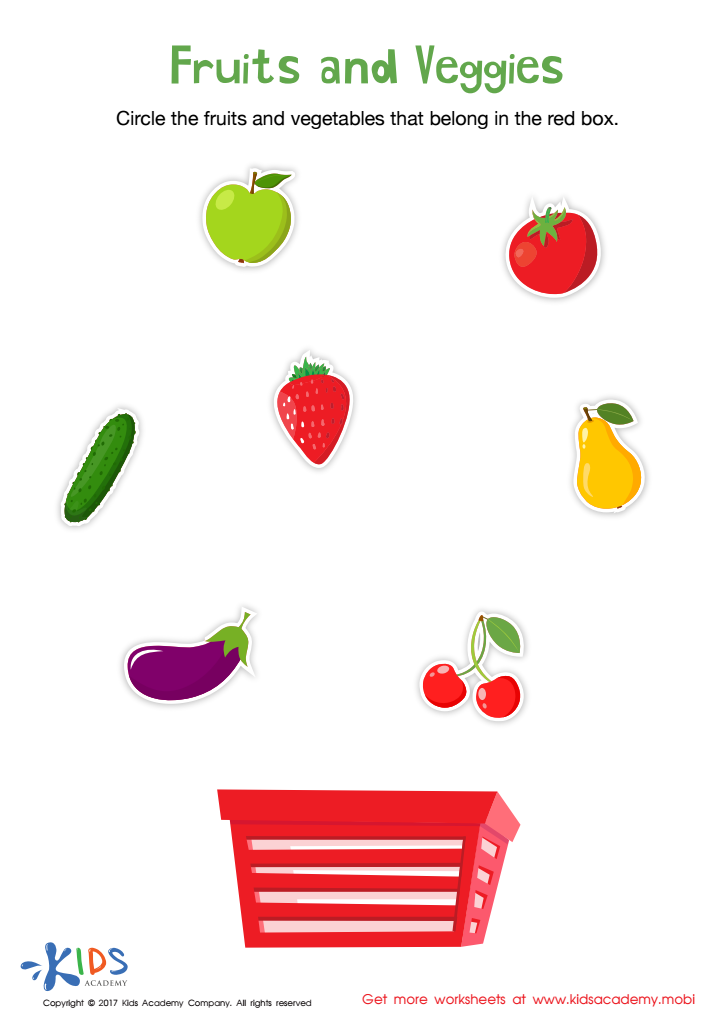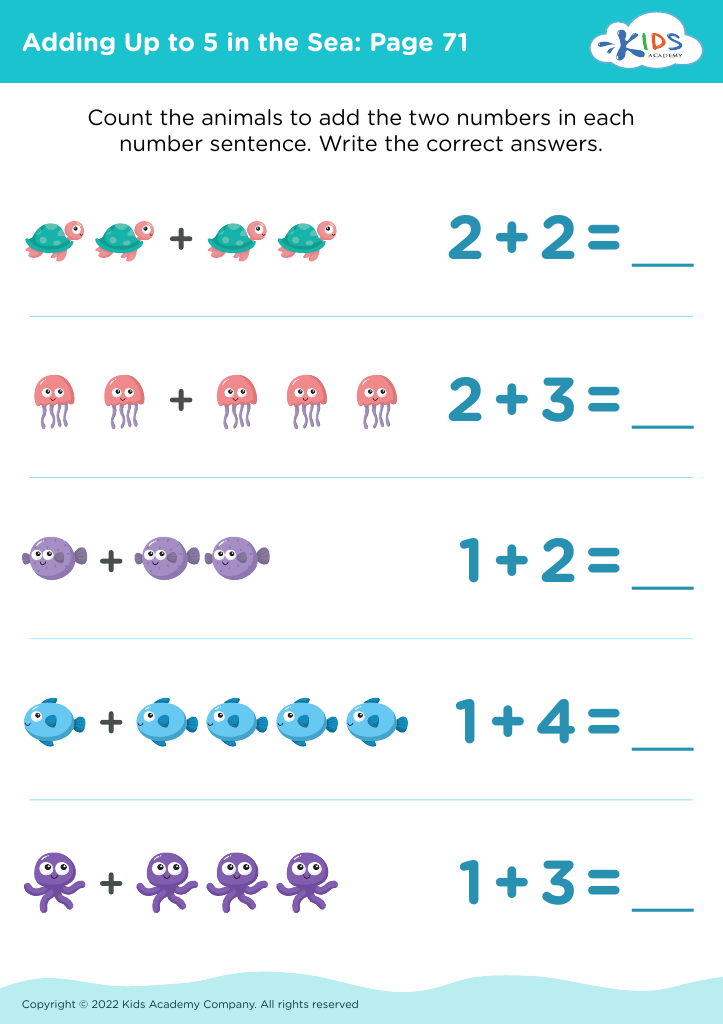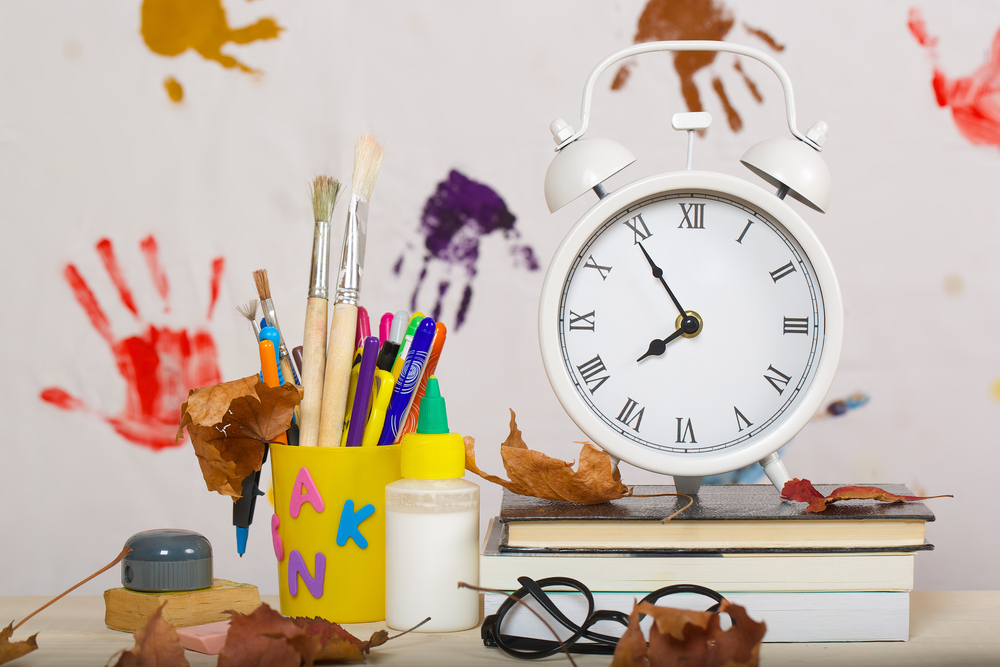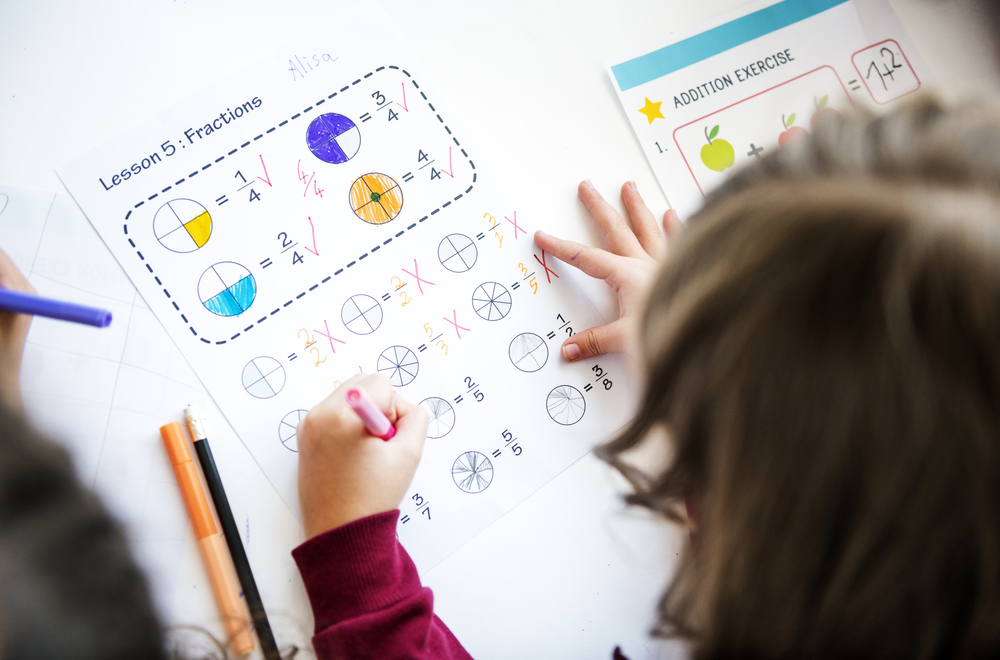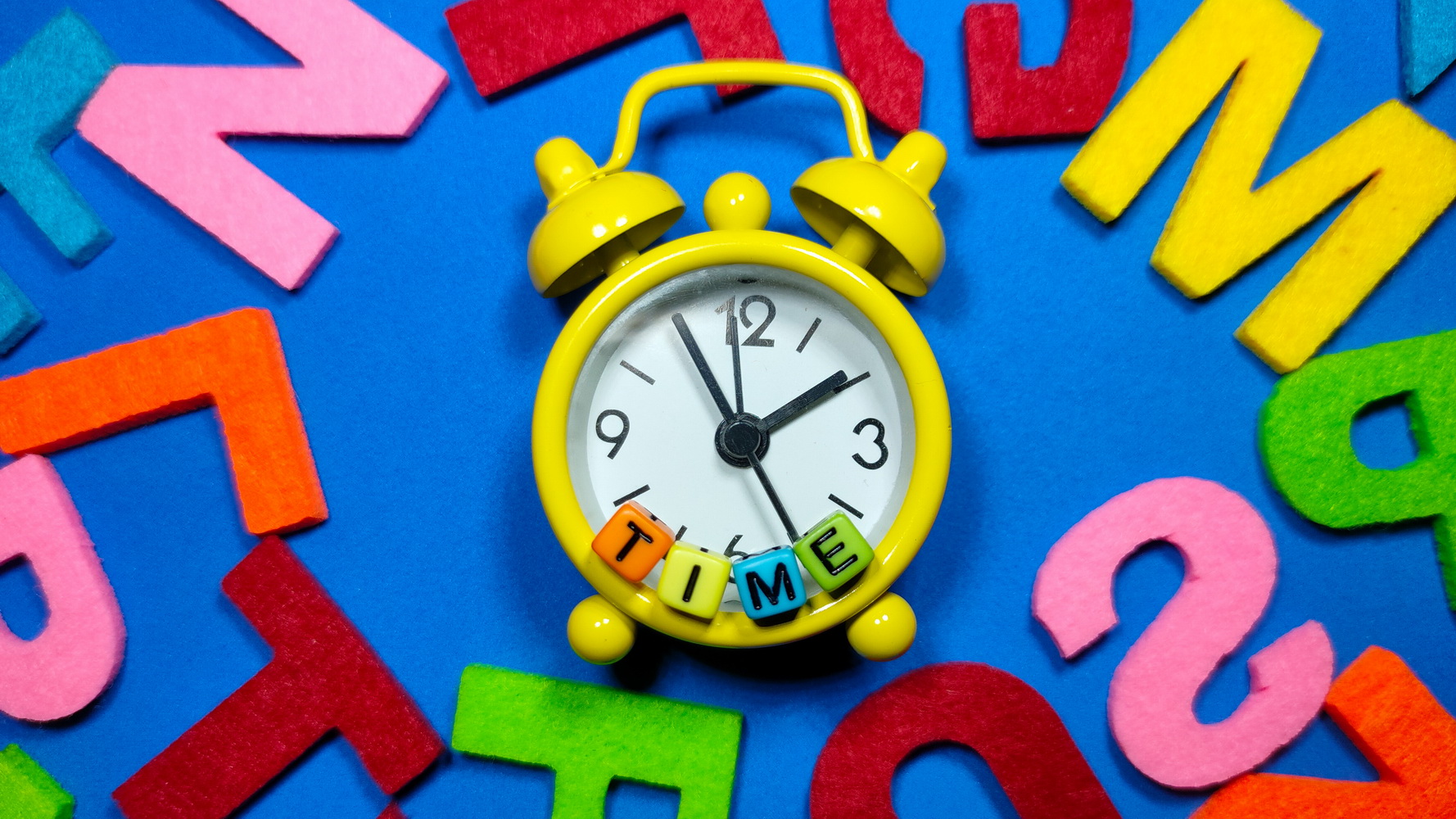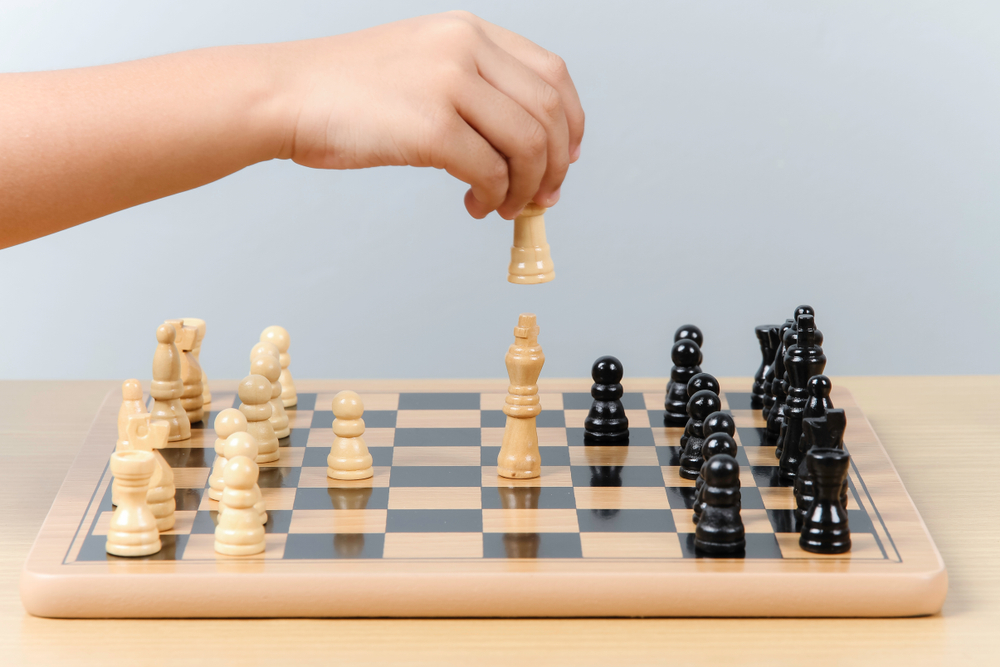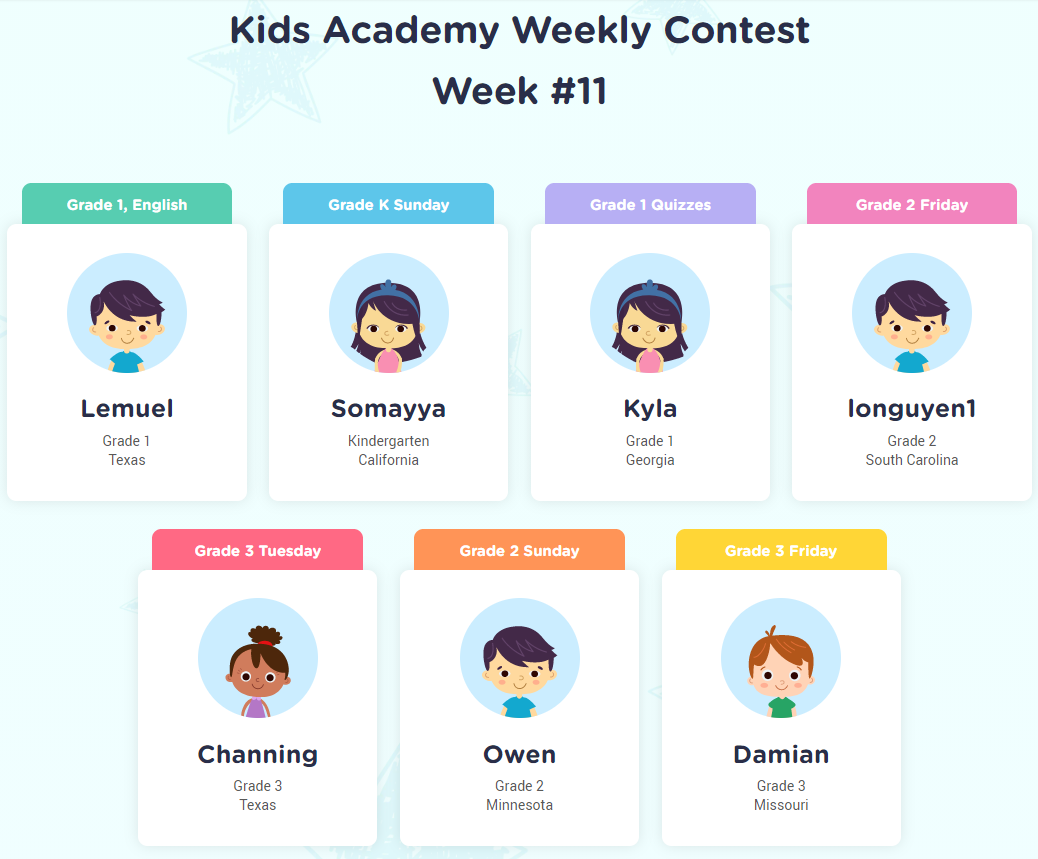Visual discrimination Math Worksheets for Ages 3-6
16 filtered results
-
From - To
Enhance your child's visual discrimination skills with our engaging visual discrimination math worksheets designed for ages 3-6. These worksheets help young learners differentiate between similar shapes, sizes, and patterns, essential for building foundational math skills. Designed to be both fun and educational, each worksheet features colorful illustrations that captivate young minds, making learning a joyous experience. As your little one completes various exercises, they will improve attention to detail, critical thinking, and problem-solving abilities. Perfect for preschool and kindergarten settings or for at-home practice, our worksheets provide a seamless blend of play and education, setting the stage for future math success!
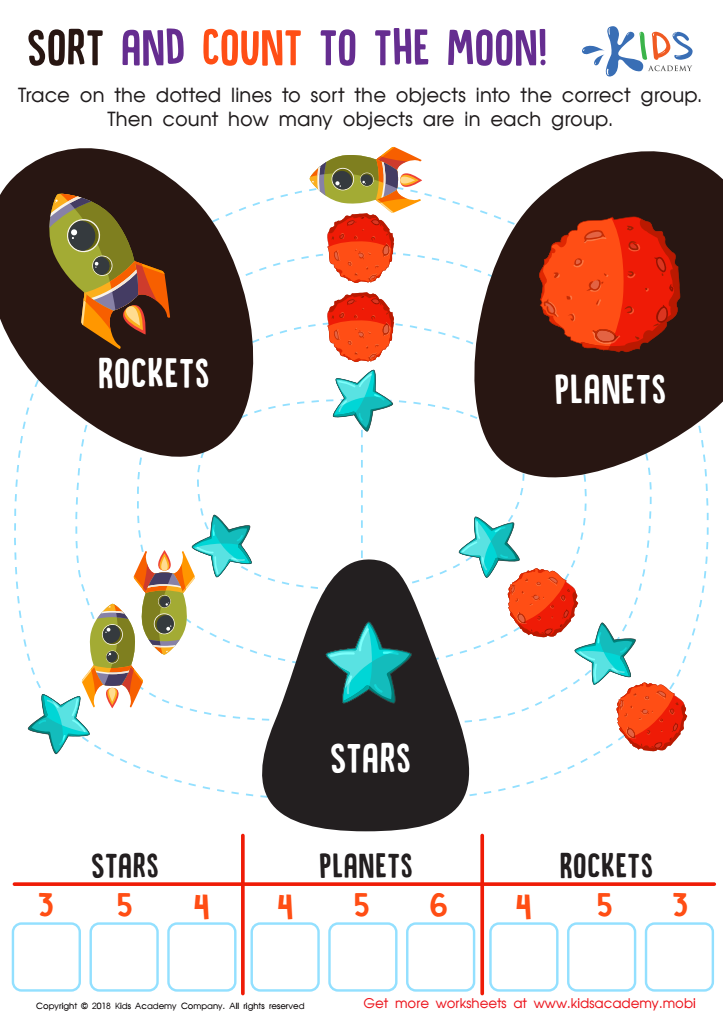

Sort and Count to the Moon Worksheet
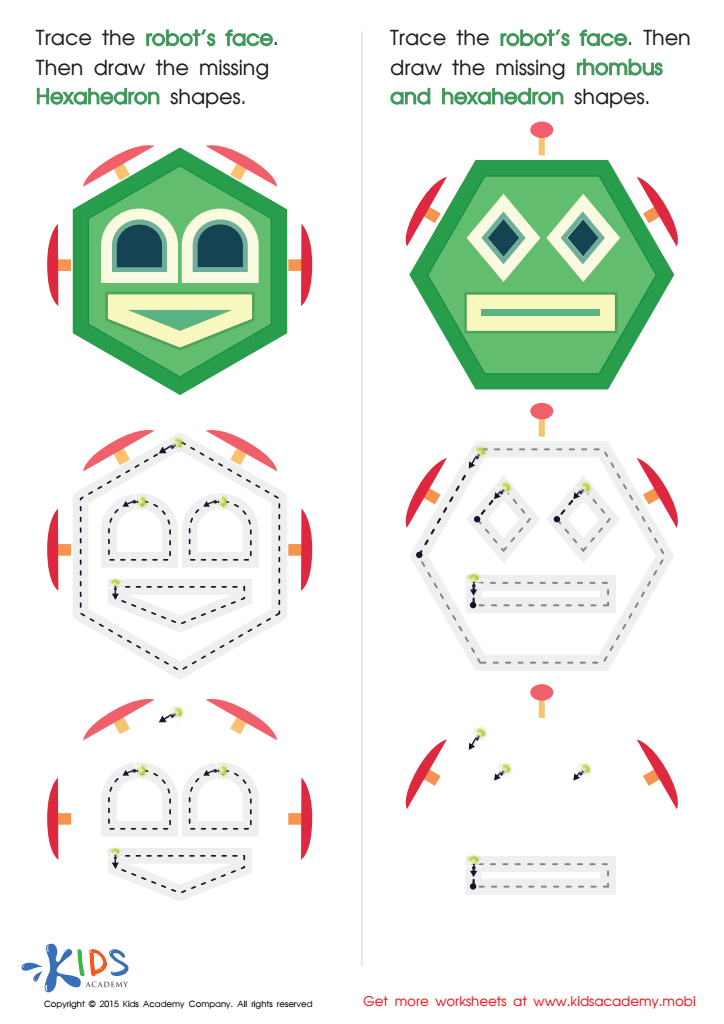

Practice Drawing Hexahedrons And a Rhombus Worksheet
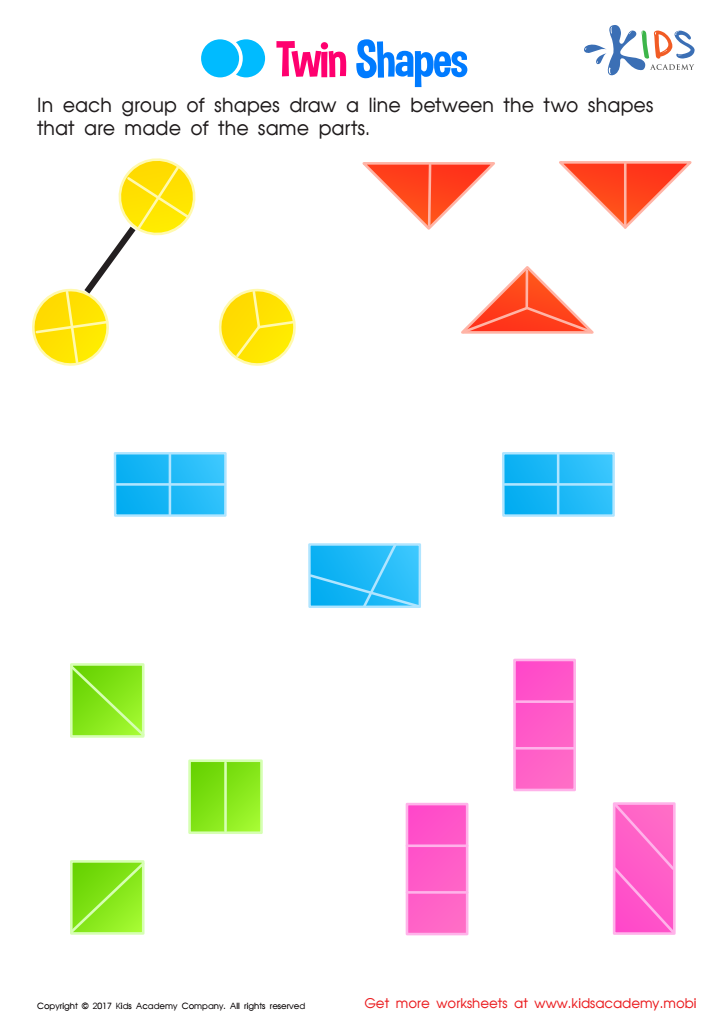

Twin Shapes Worksheet
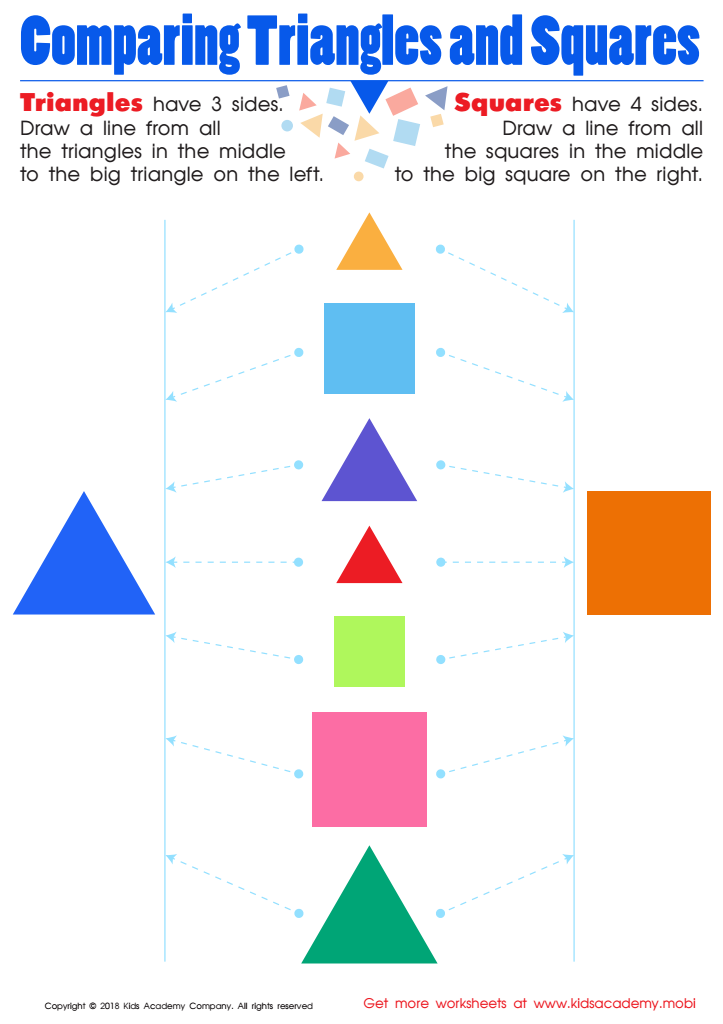

Comparing Triangles Squares Worksheet
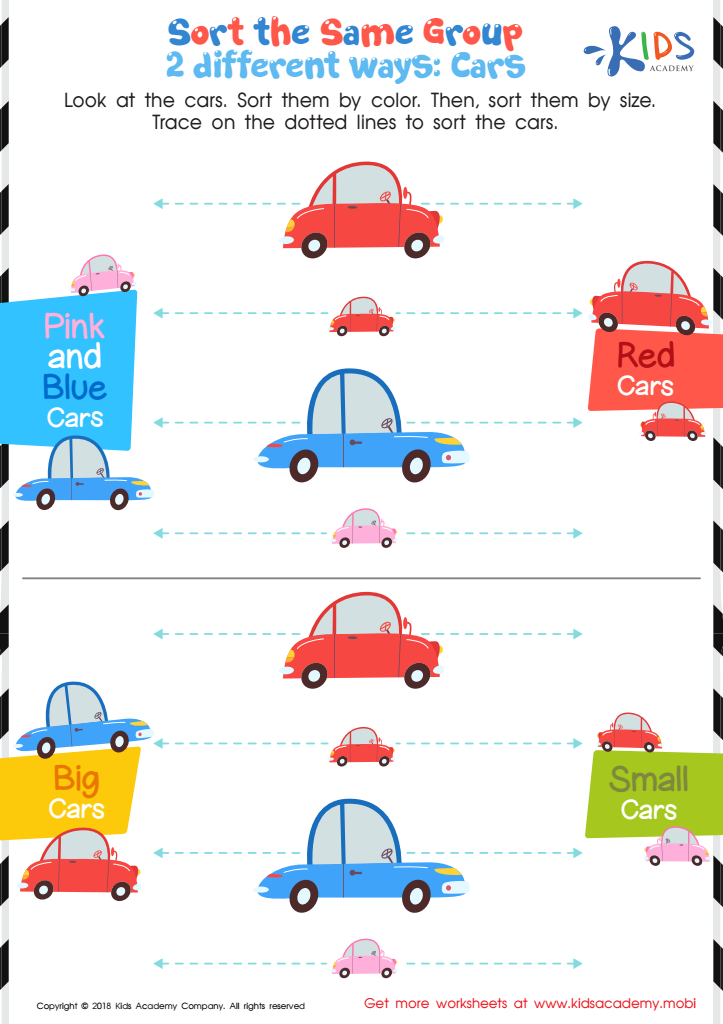

Sort the Same Group 2 Different Ways: Cars Worksheet


Animal Shadows Sorting Worksheet
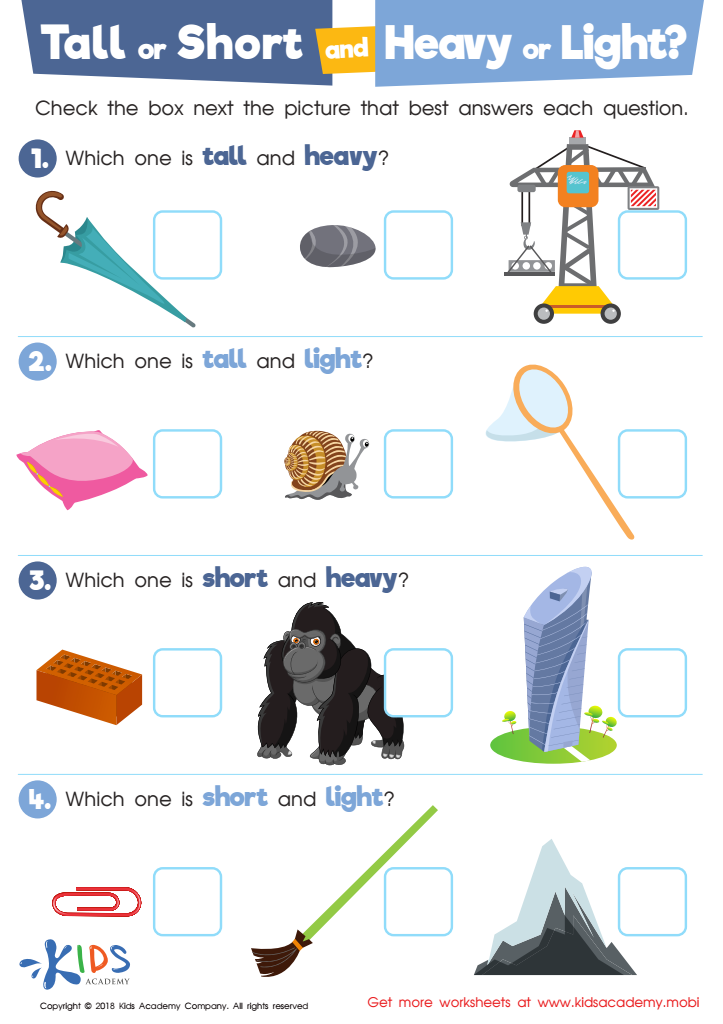

Tall or Short and Heavy or Light? Worksheet
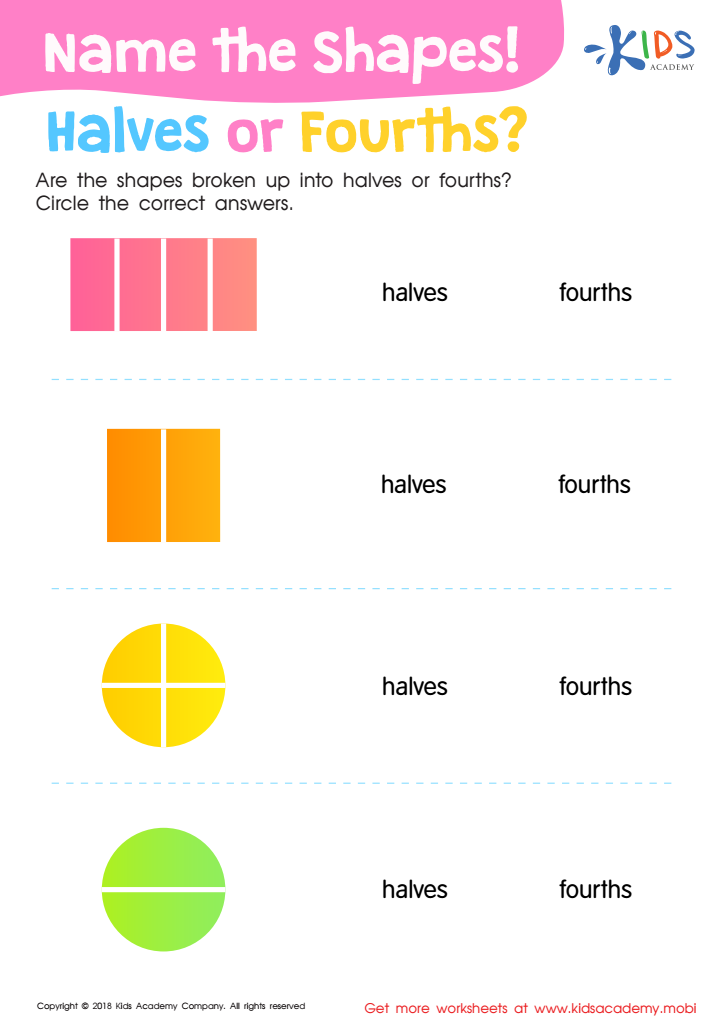

Name the Shapes Halves or Fourths? Worksheet
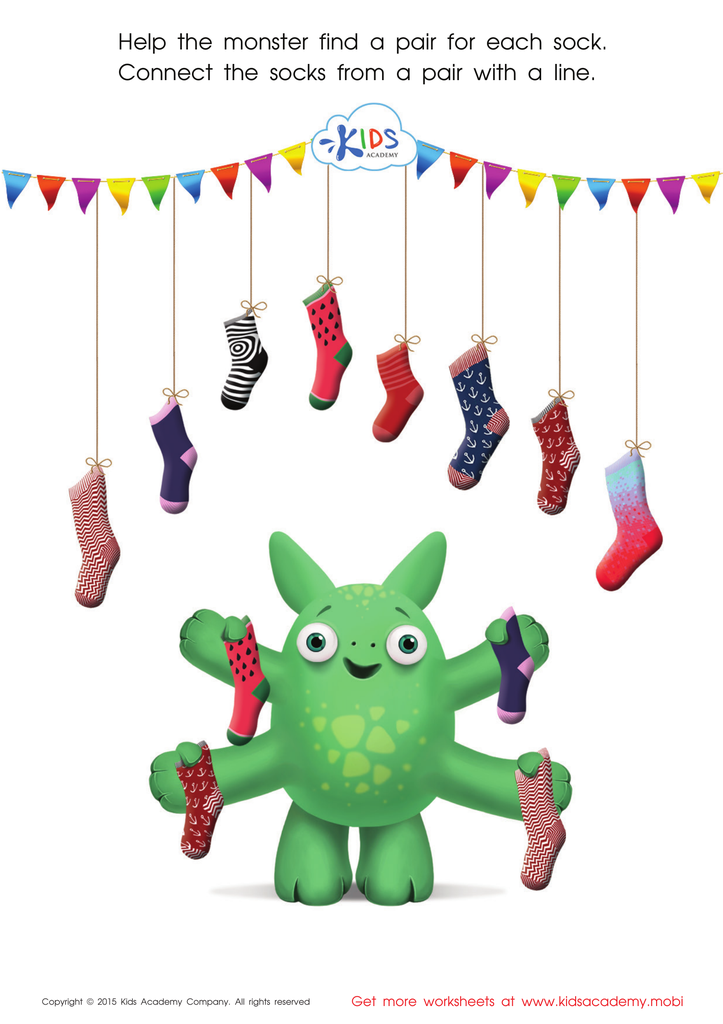

Math Matching Game: Monsterв's Socks Worksheet
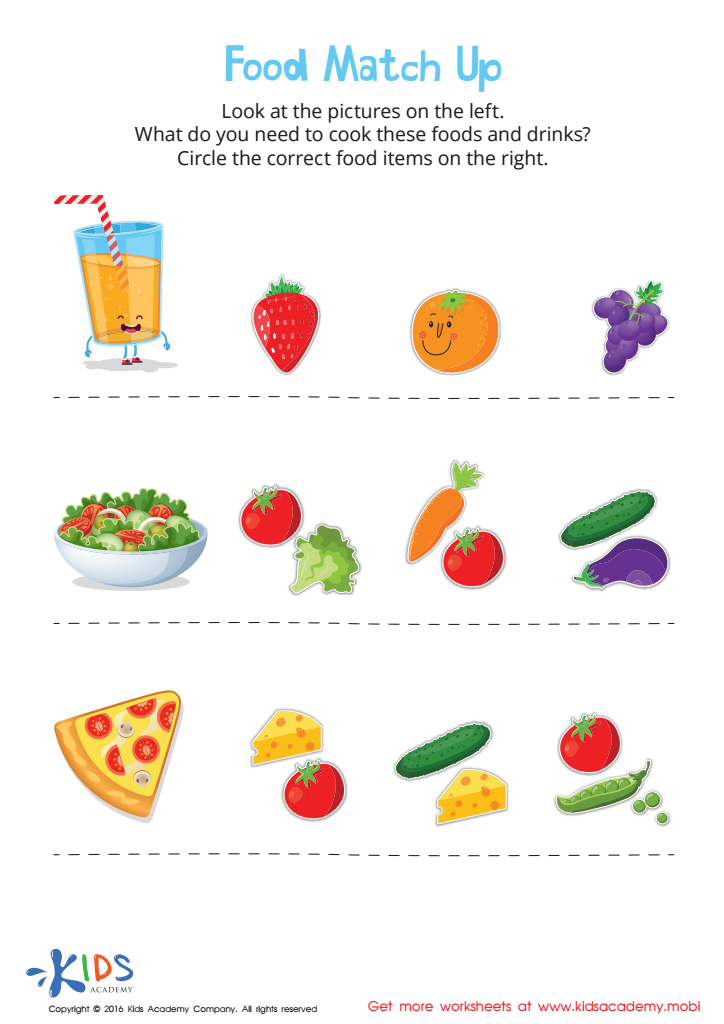

Food Match Up Worksheet


Find 0 Worksheet
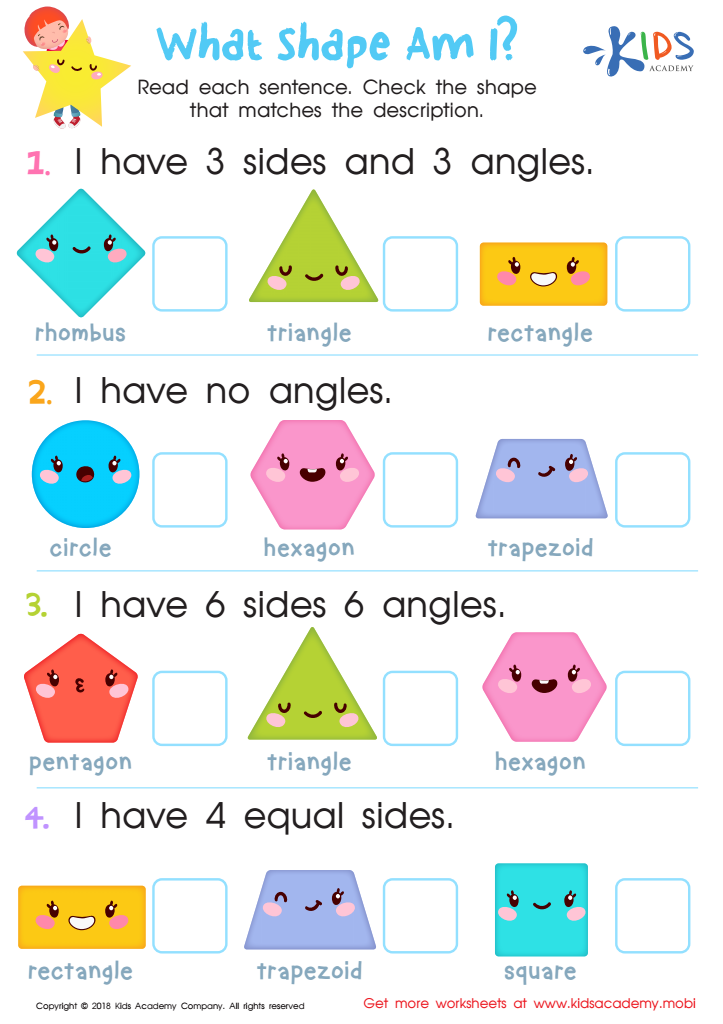

What Shape Am I? Worksheet
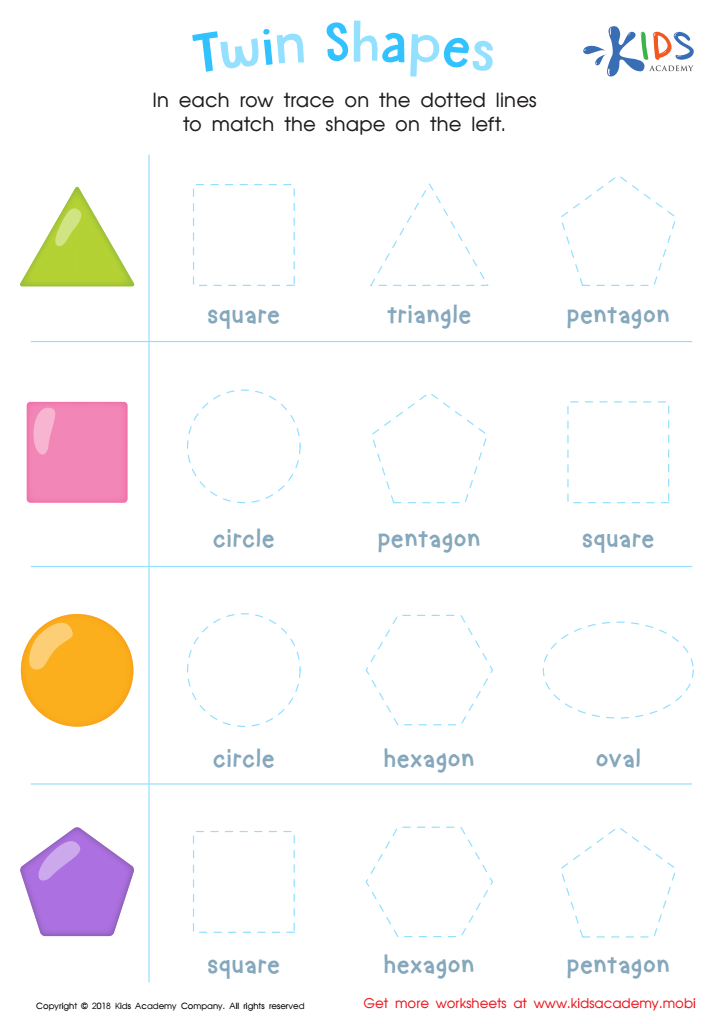

Twin Shapes Dot-to-Dot Worksheet


Silhouettes – Shapes Worksheet
Visual discrimination in math is a crucial skill for children ages 3-6 as it lays the foundation for later mathematical understanding and problem-solving abilities. At this early stage of development, visual discrimination helps children identify, compare, and categorize shapes, sizes, and quantities, enabling them to make connections between objects and numerical concepts.
Parents and teachers should care about visual discrimination in math because it is directly linked to a child's cognitive development and academic success. Early exposure to visual discrimination tasks, such as sorting blocks by color or shape, enhances spatial awareness and critical thinking skills. These activities also bolster fine motor skills, which are essential for writing and completing math tasks later on.
Additionally, fostering visual discrimination through playful activities makes learning enjoyable and engaging, helping to build a positive attitude towards math. This early foundation can eliminate confusion later when children encounter more complex topics like addition, subtraction, and geometry. By prioritizing visual discrimination, parents and teachers pave the way for a smooth transition into formal education, ultimately empowering children to approach math with confidence and curiosity.
 Assign to My Students
Assign to My Students
